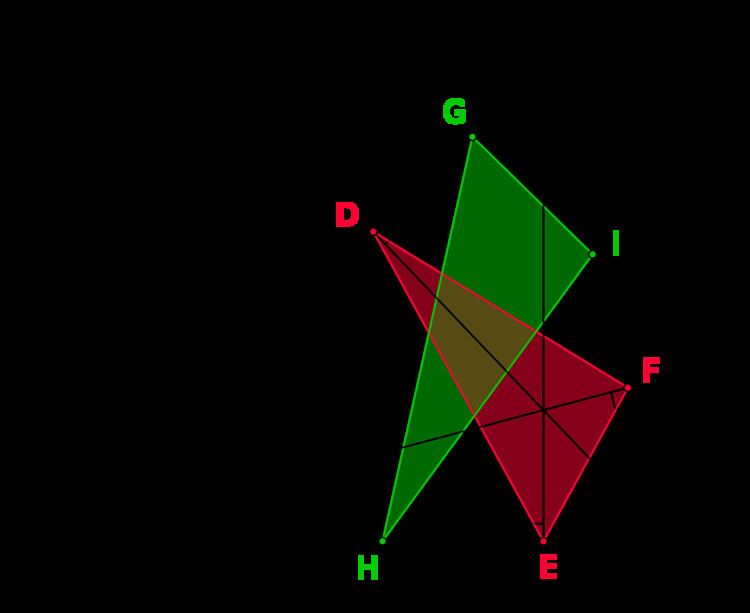 | ||
In geometry, Fagnano's problem is an optimization problem that was first stated by Giovanni Fagnano in 1775:
Contents
For a given acute triangle determine the inscribed triangle of minimal perimeter.Solution
The orthic triangle, with vertices at the base points of the altitudes of the given triangle, has the smallest perimeter of all triangles inscribed into an acute triangle, hence it is the solution of Fagnano's problem. Fagnano's original proof used calculus methods and an intermediate result given by his father Giulio Carlo de' Toschi di Fagnano. Later however several geometric proofs were discovered as well, amongst others by Hermann Schwarz and Lipót Fejér. These proofs use the geometrical properties of reflections to determine some minimal path representing the perimeter.
Physical principles
A solution from physics is found by imagining putting a rubber band that follows Hooke's Law around the three sides of a triangular frame
Therefore, this minimal triangle is the orthic triangle.
